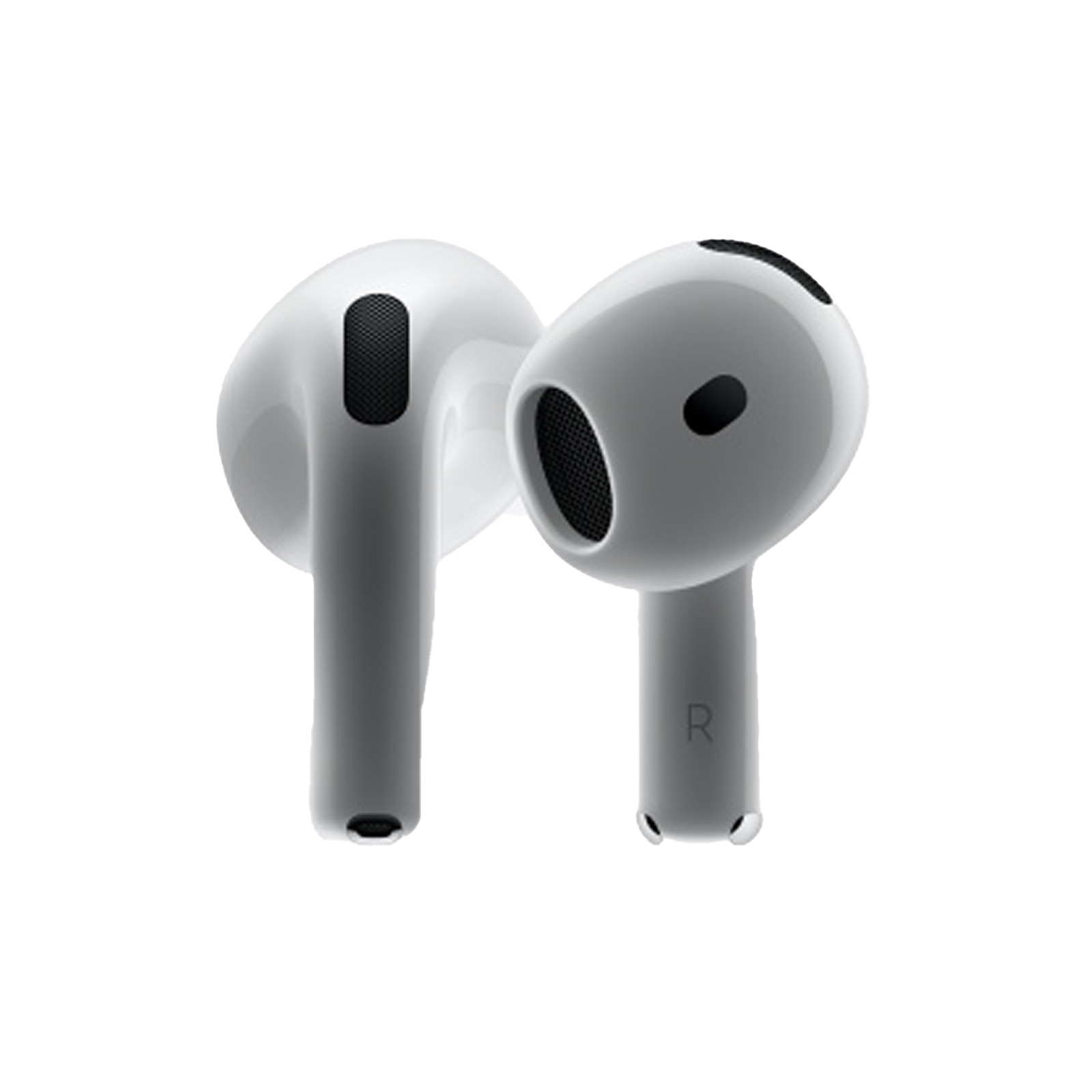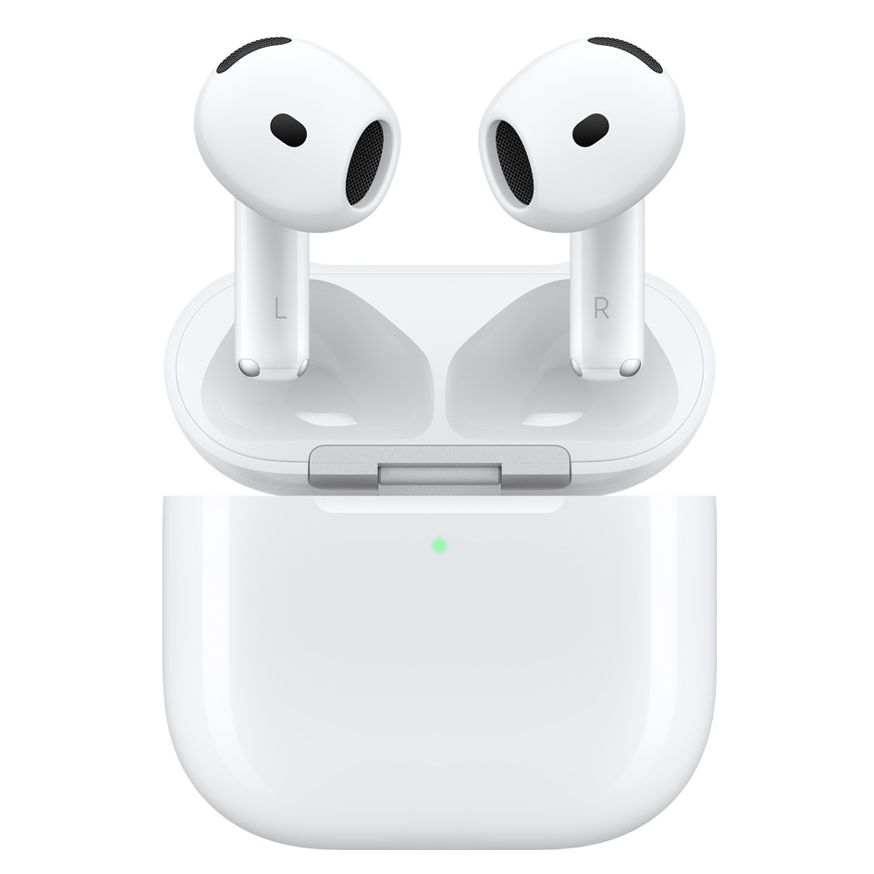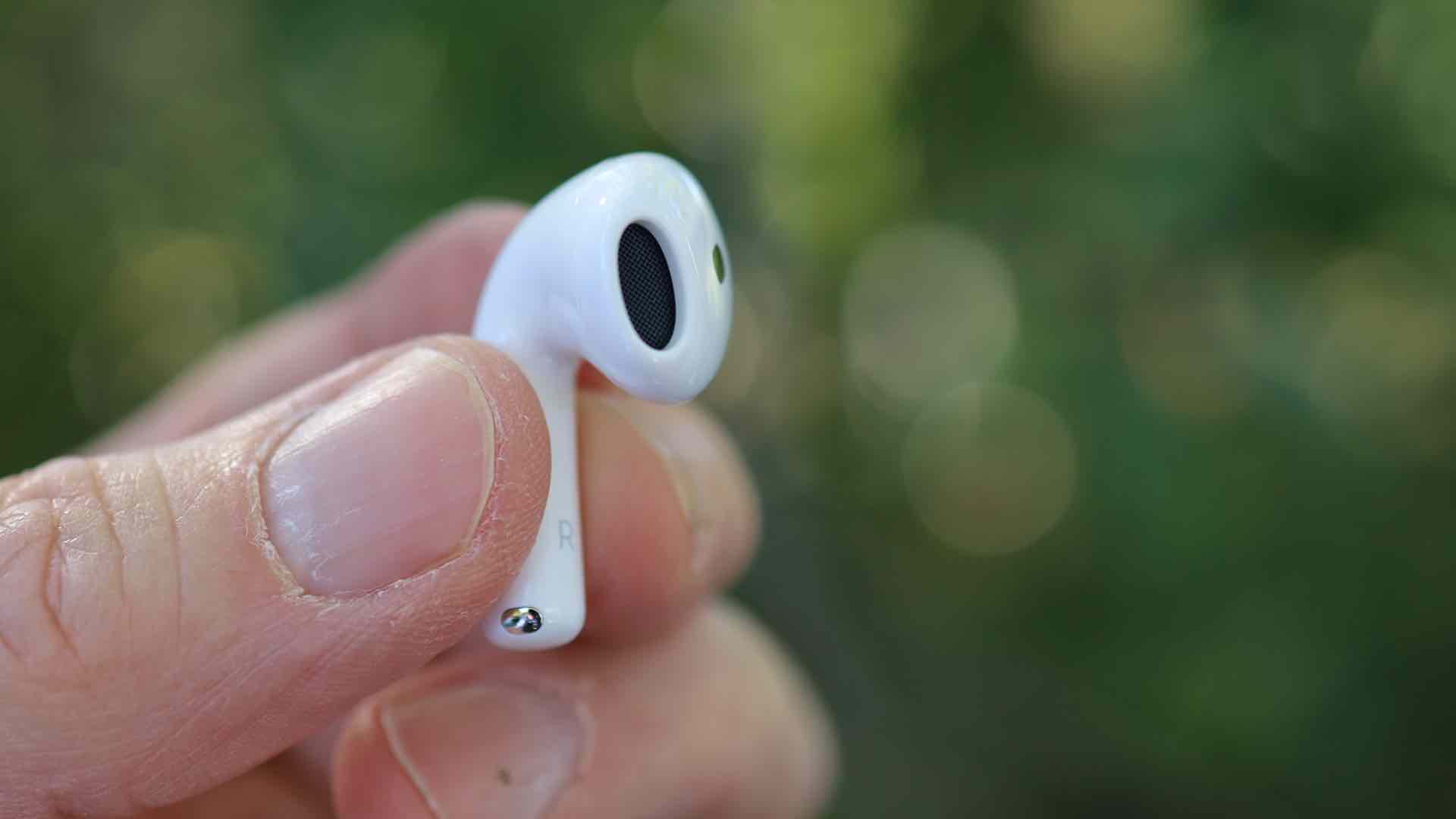AirPods 4 vs AirPods 4 with Noise Cancellation: which should you buy?
Which version of Apple's newest AirPods 4 are the better bet?


Battery (buds): 5 hours
Battery with case: 30 hours
Weight (bud): 4.3g per earbud
Noise cancellation: No
Spatial audio: Yes, Personalized Spatial Audio with dynamic head tracking
Water resistance: IP54
AirPods 4 give you everything you love about AirPods at an entry-level price point. The Apple magic is there, with easy device switching and all of the iOS ecosystem perks you want. The Personalized Spatial Audio with dynamic head tracking also gives you a theatre-like sound experience. There are plenty of other extras, too, with Voice Isolation, Adaptive EQ, the H2 chip, USB-C charging case, and a new shape designed to fit your ears better. Overall, you have to say you're getting a lot for your money with the AirPods 4.
For
- Reasonable price point
- Gesture control adds value
- Decent battery life
Against
- No Noise Cancellation
- No wireless charger
- No speaker in case

Battery (buds): 5 hours (4 hours with noise canceling)
Battery with case: 30 hours (20 hours with noise canceling)
Weight (bud): 4.3g per earbud
Noise cancellation: Yes
Spatial audio: Yes, Personalized Spatial Audio with dynamic head tracking
Water resistance: IP54
For a little extra, the AirPods 4 with Active Noise Cancellation bring even more to the table. Additional features include, of course, noise cancellation (which will be the determining factor for many buyers), but you also get Adaptive Audio, Transparency Mode and Conversation Awareness. Plus, you get the ability to charge not only with USB-C but also any Qi wireless charger or your Apple Watch charger. The case has a speaker for use with Find My. Our early verdict of the AirPods 4 with noise cancellation details all of these features.
For
- Noise cancellation has a strong effect
- Audio playback is rich and clear
- Spatial Audio sounds great
Against
- Below-average battery life
- Some sound leakage from outer-ear fit
Apple’s latest version of the popular AirPods make an excellent addition to the best AirPods lineup. They come in two different models, so we’re here to help you choose between them. While they both bring welcome improvements to Apple's already great selection of ice-white earbuds, there are a few key differences which we’ll detail in this article.
If active noise cancellation is your make-or-break feature, choosing between these two AirPods 4 models is a cinch – you need to pay the extra and get the set with ANC (although we might point you to the AirPods Pro 2 which recently gained a lot of software upgrades, or another model in our best noise-cancelling earbuds guide).
However, if you’re on the fence (maybe you often use some of the best open-ear headphones to better hear the world around you and thus, you won't miss the noise-cancelling you don't want) or you wish to take other features into account, keep reading – we've got all the details you need to make the best decision.
AirPods 4 vs AirPods 4 with Noise Cancellation: Price and release date
The Apple AirPods 4 with Active Noise Cancellation retail for $179 / £179 / AU$299. They were released on September 20, 2024.
The regular Apple AirPods 4, released the same day, are a bit less expensive at $129 / £129 / AU$219. They boast the same great audio quality but lack ANC and other features.
AirPods 4 vs AirPods 4 with Noise Cancellation: Features
Both versions of the AirPods 4 have some great new features. The actual shape has been updated to fit more people’s ears, more comfortably and securely. The new H2 chip and Voice Isolation feature makes for clearer phone calls. New acoustic architecture and Personalized Spatial Audio improve the sound quality. Adaptive EQ calibrates the sound to your ears. The stems have been updated with a force sensor, giving you access to controls with just a pinch. The IP54 rating means they are dust and sweat resistant. While the case is smaller, you still get up to five hours of listening time on a single charge, up to 30 hours with the case.
Both models also get support for head gestures using Siri, meaning you can accept a call or reply to notifications and messages by nodding your head up and down, or decline a call (or dismiss notifications and messages) by shaking your head side to side – as long as you make sure Announce Calls and Announce Notifications is on.
The AirPods 4 with Noise Cancellation have some additional exclusive features. Obviously Active Noise Cancellation is the big one, but Transparency Mode, Adaptive Audio, and Conversation Awareness (which detects when you're talking, lowers your music and amplifies voices around you) work with the ANC mic tech to ensure you’re not missing out on what’s around you.
Other features exclusive to the more expensive model include wireless charging (via Apple Watch charger or any Qi charger) and a speaker in the case for use with Find My.

AirPods 4 vs AirPods 4 with Noise Cancellation: Audio performance
Apple confirms that audio performance for listening to music and videos will be similar (the acoustic design is improved identically across both models), though of course ANC will likely make a big difference to the clarity of your tracks when listening in a noisy environment.
Our AirPods 4 with Noise Cancellation reviewer, Jacob Krol, felt that the sound quality was on par with the AirPods Pro 2, even without the buds providing a seal within the ear like the AirPod Pro 2’s silicone tips do. The clear and rich sound quality is enhanced with the Spatial Audio support. The Spatial Audio fully immerses you in sound, making you feel like you’re right in the middle of the action while watching a video. Listening to music, various elements of the track just seem to flow around you – and with dynamic head-tracking, you can turn your head and use your source device as a fixed point for the audio too.
The H2 chip in both models powers the Adaptive EQ that defines the audio experience. Adaptive EQ brings a custom high-excursion drive and a high dynamic range amplifier. There’s an H2 chip inside each earpiece, and Bluetooth 5.3 connects them to your device.
You’ll get a balanced rendition of whatever you’re listening to, including a surprising amount of bass for earbuds that are what Apple calls its best fitting 'open ear' design. Whatever your music genre of choice, you’ll get the sound you expect, though there will be some sound leakage at higher volumes.
There are some important differences in audio performance between the AirPods 4 and AirPods 4 with Noise Cancellation. The AirPods 4 with Noise Cancellation have some additional features that the cheaper AirPods 4 do not. In addition to ANC, the pricier model has Transparency mode, Adaptive Audio, and Conversation Awareness. Transparency mode allows you to hear your surroundings clearly. Adaptive Audio automatically adjusts noise control, balancing noise cancellation and Transparency mode for you. Conversation Awareness lowers the volume of whatever you’re listening to on the AirPods when they sense you are speaking with someone.

AirPods 4 vs AirPods 4 with Noise Cancellation: Design & fit
Both AirPods 4 models have the tried-and-true AirPods design – but better. The stems are short, like the AirPods 3 and AirPods Pro 2. The hard plastic part that sits in your ear is more curved and refined than the AirPods 3, making the fit better for most people. Our reviewer wore them continuously on a 4.5-hour flight and intermittently for countless hours quite comfortably. They didn’t fall out, even with flight turbulence, walking around a bustling city, and working out.
The case is smaller than the AirPods 3 and AirPods Pro 2, measuring just 1.82 inches (46.2 mm) X 1.97 inches (50.1 mm) X 0.83 inch (21.2 mm). An individual AirPod weighs just 0.15 ounce (4.3 grams). In the case, the AirPods 4 weigh 1.14 ounces (32.3 grams) while the AirPods 4 with Noise Cancellation weigh in at 1.22 ounces (34.7 grams).
Both models charge up with a USB-C cable, though no cable is included in the box. The AirPods 4 with Noise Cancellation can also be charged with your Apple Watch charger or with an wireless Qi charger.
The back button for easy pairing is gone; now you double press the new secret, touch capacitive button for pairing with other devices.
AirPods 4 vs AirPods 4 with Noise Cancellation: Verdict
If Active Noise Cancellation is the feature that means the most to you, I'm surprised you've even read this far because the choice is clear. If price matters the most, then the savings you'll get by skipping the ANC model will make your choice easy. If you're on the fence, however, then other differences will come into play.
The AirPods 4 with Active Noise Cancellation do offer some features that the regular AirPods 4 don't have. Along with the ANC, this model offers Transparency mode and Conversation Awareness, which keep the noise cancellation from blocking out your surroundings when appropriate. Transparency mode is basically the opposite of noise cancellation, letting the outside world in. Conversation Awareness lowers the volume automatically when your AirPods sense that you're talking to someone (in person.)
Both models charge via USB-C, but only the AirPods 4 with Noise Cancellation can also be charged wirelessly with an Apple Watch charger or any wireless Qi charger. This model's case also has speakers, for use with Find My. That's a particularly important feature for someone who tends to misplace their AirPods.
You may also like
- Prefer wired listening? See our pick of the best wired headphones
- Happy to look at options costing a little more? See our best noise-cancelling earbuds round-up
- Want to go over-ear? See our best noise-cancelling headphones buying guide
Get daily insight, inspiration and deals in your inbox
Sign up for breaking news, reviews, opinion, top tech deals, and more.

Karen is a world traveler, writer, teacher, family woman, and occasionally a movie extra. She has been writing about Apple, consumer tech, and lifestyle products since 2010 for various publications including TechRadar, CNET, Tom’s Guide, iMore, Macworld, AppAdvice, and WatchAware.